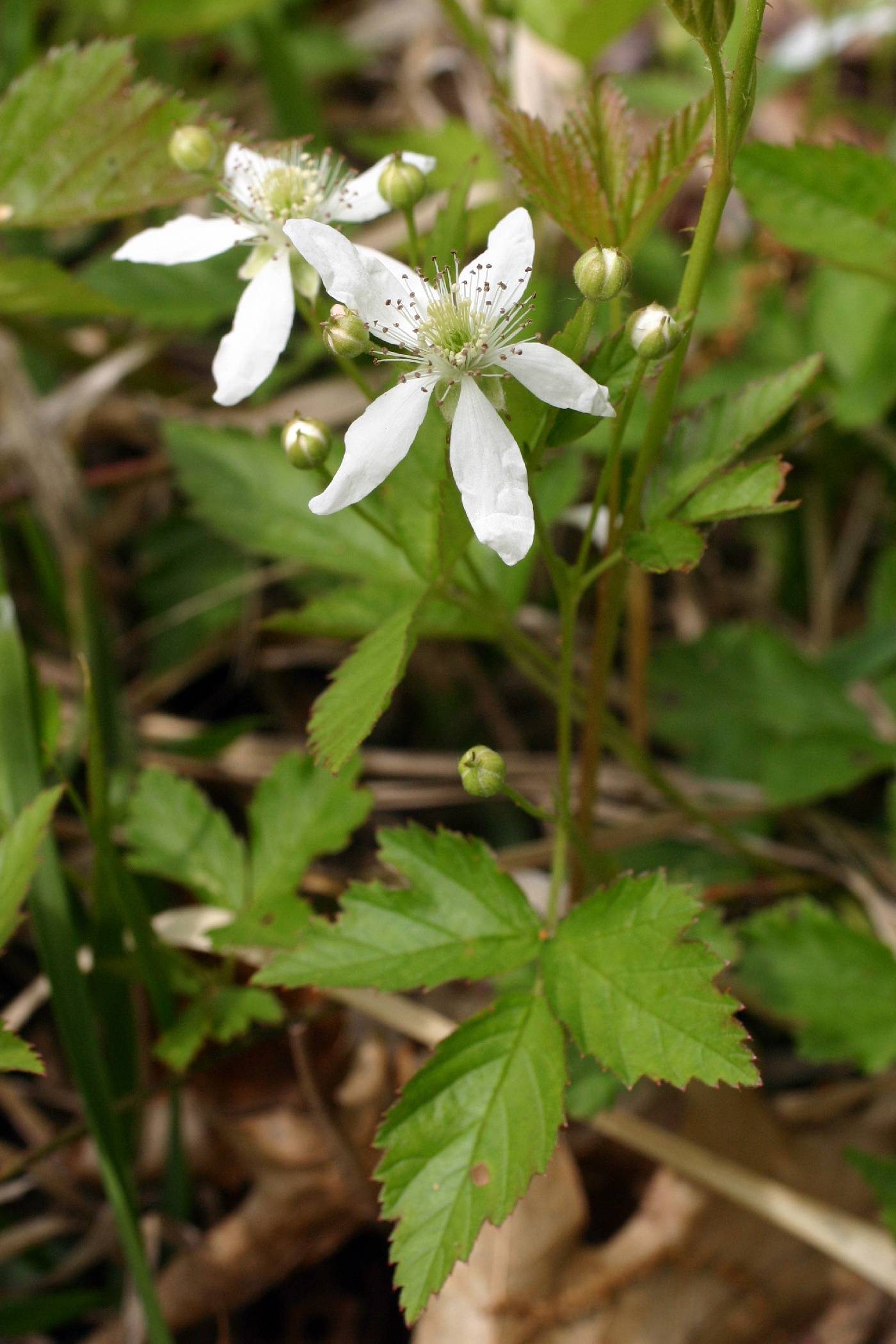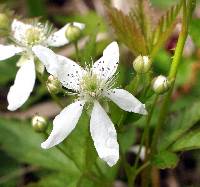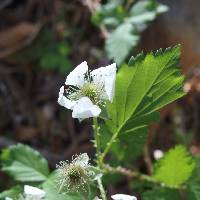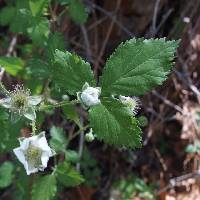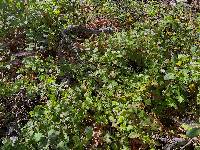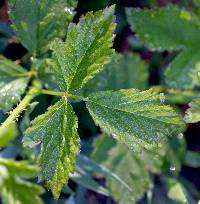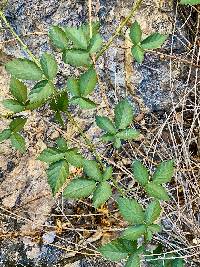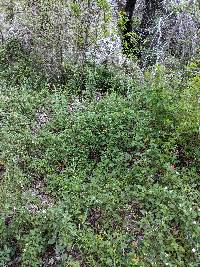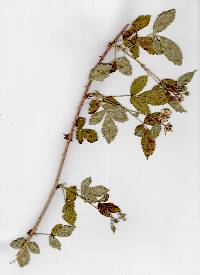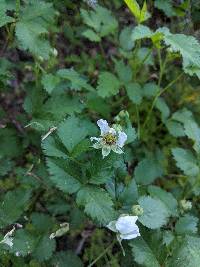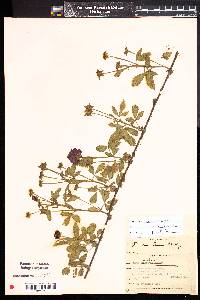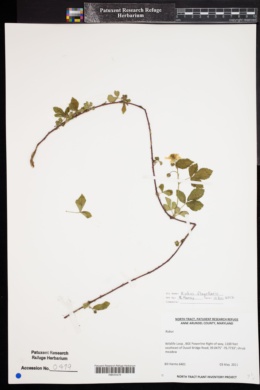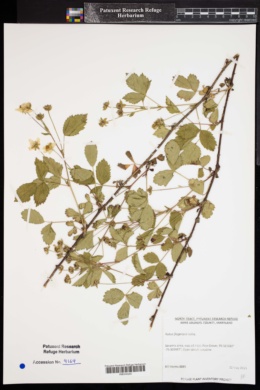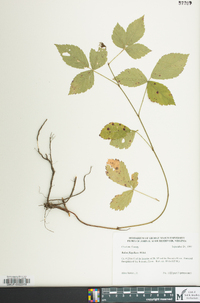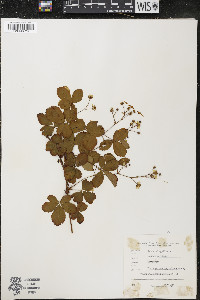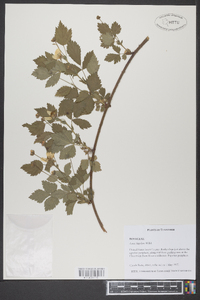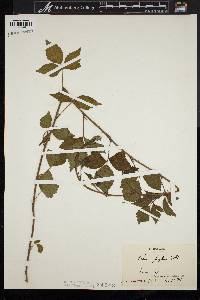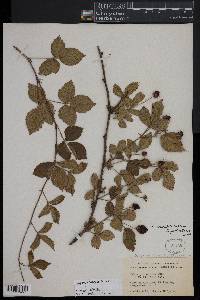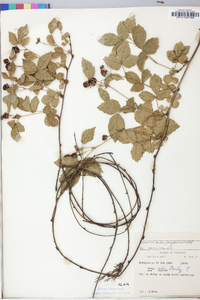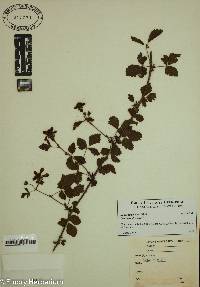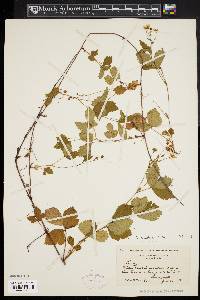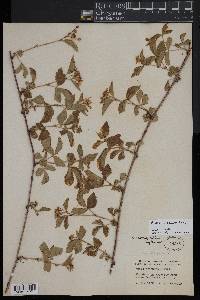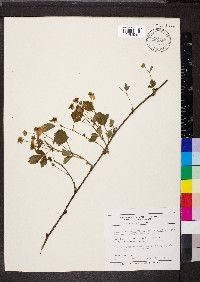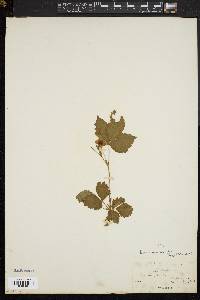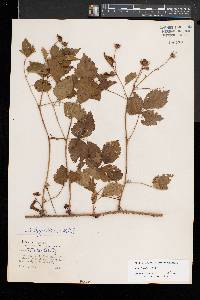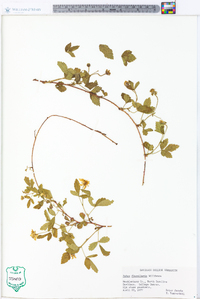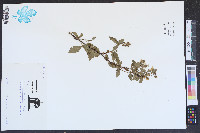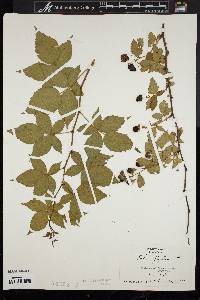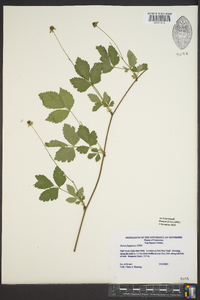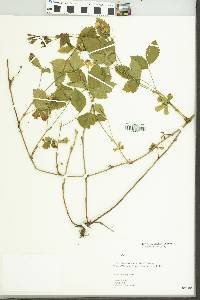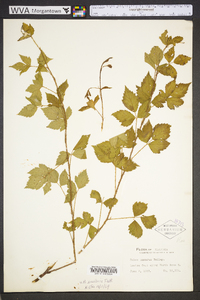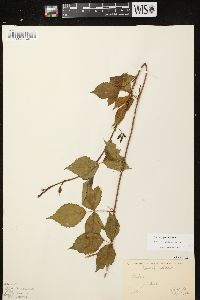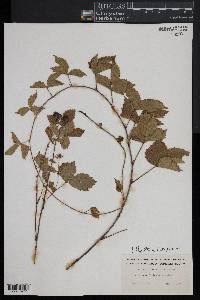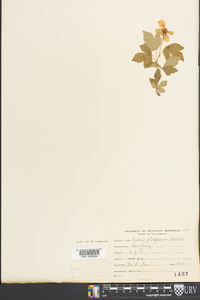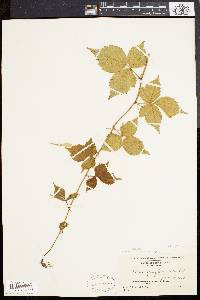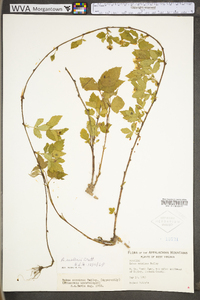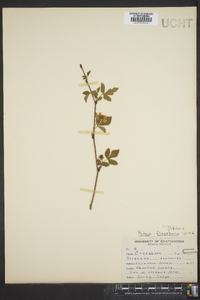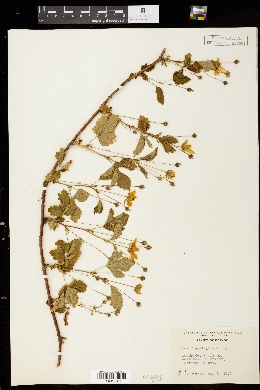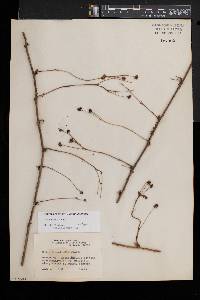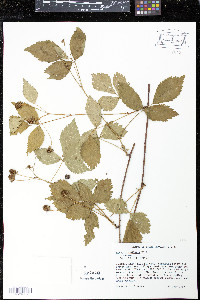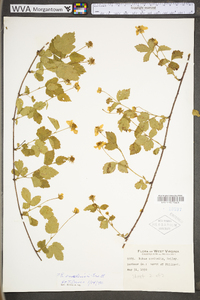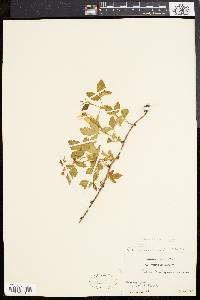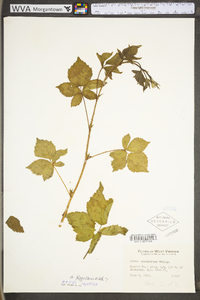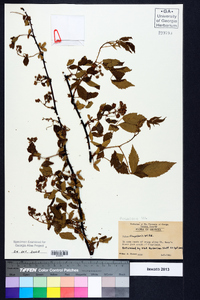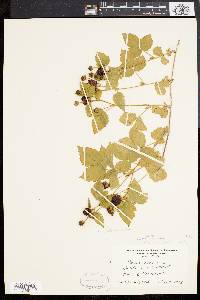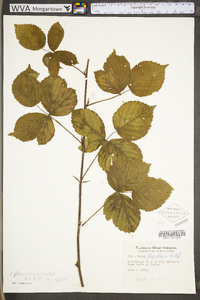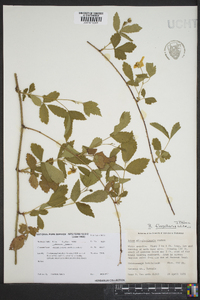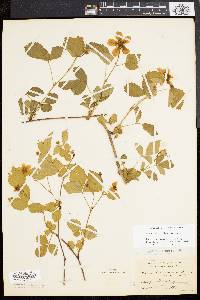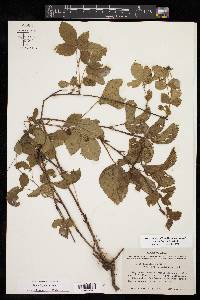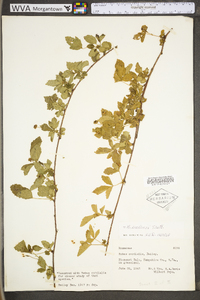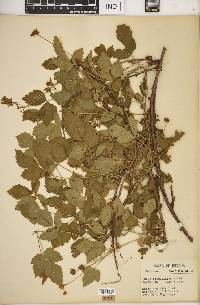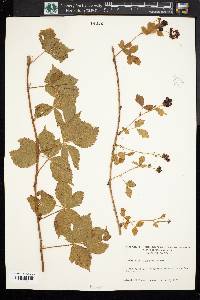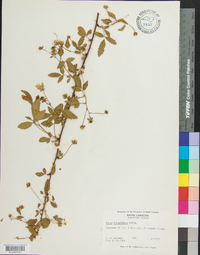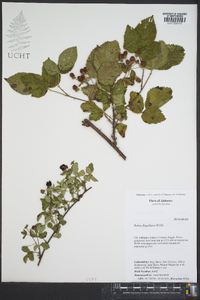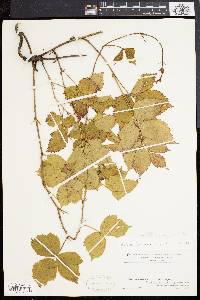Rubus flagellaris
|
|
|
|
Family: Rosaceae
Whiplash Dewberry, more...northern dewberry
[Rubus arenicolus Blanch., moreRubus clairbrownii L.H. Bailey] |
Similar species: Page is under construction. Please see link below for general information on the genus Rubus. Flowering: early May to mid July Habitat and ecology: Locally common in disturbed sandy soils, such as abandoned sandy fields, sandy woodlands, dry prairies, dry clayey areas. Occurence in the Chicago region: native Etymology: Rubus is the Latin name for bramble and also means red. Flagellaris means "with flagella or whips." Author: The Morton Arboretum Primocanes prostrate or low-arched, normally rooting at least at the tip, never bristly, ±armed with small, stout, curved, somewhat hooked prickles with expanded base; foliage and pubescence various, but lfls of the compound floricane lvs regularly of an ovate type, and sharply acute or acuminate, broadly rounded to the base or even subcordate, widest distinctly below the middle; fls occasionally solitary and terminal, more often 2-5, each pedicel, except possibly that of one of the two terminal fls, subtended by a 3-foliolate lf or by a simple lf with expanded blade, the pedicels elongate and suberect. Often in pockets of soil on ledges and cliffs, as well as in disturbed habitats. Chiefly northern, from e. Can. to Minn., but extending s. to Ga. and Ark. May, June. (R. baileyanus; R. curtipes; R. foliaceus; R. invisus; R. jaysmithii; R. maltei; R. meracus; R. occidualis; R. plexus; R. profusiflorus; R. redundans; R. roribaccus; R. temerarius) Gleason, Henry A. & Cronquist, Arthur J. 1991. Manual of vascular plants of northeastern United States and adjacent Canada. lxxv + 910 pp. ©The New York Botanical Garden. All rights reserved. Used by permission. From Flora of Indiana (1940) by Charles C. Deam [Deam's treatment includes four species in the R. flagellaris group:] [Rubus flagellaris sensu stricto (pedicles glandless, plants stout, leaves coriaceous):] This species is found only in slightly acid soil, usually in areas where the top soil has been removed by erosion, hence mostly in fallow fields. It is more or less frequent in the lake area and frequent to common in the southern part of the state. In the lake area in the northern counties it is often found in moist, sandy, acid areas in black oak woods. In all parts of the state the foliage is variable, and this variation has led authors to segregate three forms which have been named. In the present treatment I believe it is best to regard this prostrate Rubus as a complex under one name. [R. centralis (pedicels with stalked glands, primocanes usually glandless and prickles small and few):] The type of this species is my [Deam] no. 27967 which was collected on the crest of a black and white oak ridge just east of Forest Tract 53 in the Clark County State Forest. [R. deamii (pedicels with stalked glands, primocanes with stalked glands and prickles of two sizes and about 5 per cm.):] The type of this species is my [Deam] no. 27799 which was collected on a washed slope in a fallow field on the north side of Little Blue River just west of the bridge across Little Blue River about a half mile south of Grantsburg in Crawford County. My no. 44636 is a topotype. My other specimens referred to this species by Bailey are shown on the map. Tennessee is the only other state from which Bailey cites specimens. [R. enslenii (pedicels glandless, plants slender, leaves thin and soft):] Our only specimens were found in very shallow soil on the cliffs in Perry County. …… Indiana Coefficient of Conservatism: C =2 Wetland Indicator Status: FACU |
|
|
|

